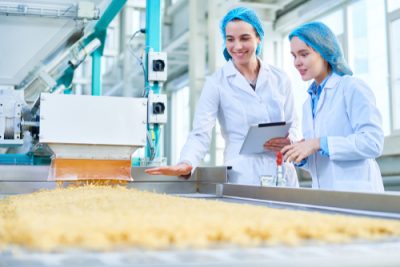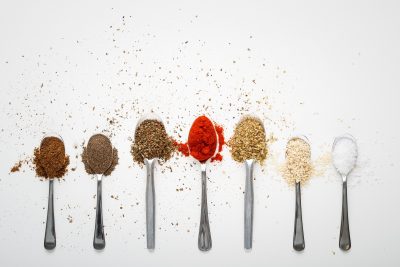Food Processing Optimization: Ensuring Safety While Advancing Quality and Productivity
Proper food safety is a top priority for any food manufacturer, and regulatory and customer demands continue to drive companies to fine tune their processes. A key strategy for ensuring food safety involves implementing a kill step as a preventive control. Although it is critical to select the correct parameters to fully eradicate pathogens, it is also important to ensure the process does not yield other negative consequences. For example, when companies use conservative processing parameters as a margin of safety, building in extra time and higher temperatures to guarantee pathogen elimination, it can lead to over processing, which has sensory, energy use, and throughput implications. In addition, unnecessary processing can lead to the overuse of chemicals and increase the risk of residue. It can also cause further safety problems, such as the formation of acrylamide for some product categories. Fundamentally, an unsuitable or overly cautious kill step has the potential to compromise product quality, safety, taste, and appearance, as well as processing time, costs, and productivity.
FACTORS TO CONSIDER WHEN DESIGNING AN APPROPRIATE KILL STEP
 There are several actions involved in determining the optimal kill step process, and these must consider the product’s intrinsic parameters and its ingredients’ sensitivity to heat. Take a low moisture, dry product, for example. Generating the right kill step may involve evaluating two to five technologies on average first. After selecting potential candidates, the product and process must be validated at plant scale using appropriate surrogates for the product. Process technologies that deliver the required reduction in pathogens can be chosen as candidates that can move forward. The next step is to evaluate the technology given the product’s intrinsic and quality parameters. Looking at the cost of the technology is also important to decide whether to select it or reject it and move to a different option.
There are several actions involved in determining the optimal kill step process, and these must consider the product’s intrinsic parameters and its ingredients’ sensitivity to heat. Take a low moisture, dry product, for example. Generating the right kill step may involve evaluating two to five technologies on average first. After selecting potential candidates, the product and process must be validated at plant scale using appropriate surrogates for the product. Process technologies that deliver the required reduction in pathogens can be chosen as candidates that can move forward. The next step is to evaluate the technology given the product’s intrinsic and quality parameters. Looking at the cost of the technology is also important to decide whether to select it or reject it and move to a different option.
THE ROLE OF SURROGATES IN PROCESS VALIDATION
Using a surrogate to validate kill process parameters is considered a gold standard. Since surrogates are safe, non-infectious organisms, such as ferments or probiotics, they can be used directly in food and mimic pathogen behavior in the food matrix, allowing companies to validate kill steps using real-life conditions. They check actual processes with the actual products, generating data that is difficult to obtain using other methods. Note that methods like mathematical modeling or lab scale studies may also raise concerns of scalability, which can lead to using more conservative safety margins that result in product overtreatment.
SEIZING THE OPPORTUNITY FOR OPTIMIZATION
 The benefits of using a surrogate extend beyond guaranteeing pathogen lethality. When companies use these organisms to optimize processing parameters, they can not only ensure pathogen elimination but also realize positive effects on product quality and plant productivity.
The benefits of using a surrogate extend beyond guaranteeing pathogen lethality. When companies use these organisms to optimize processing parameters, they can not only ensure pathogen elimination but also realize positive effects on product quality and plant productivity.
Consider the example of a major global spice manufacturer that produced a heat-sensitive spice product. The kill step involved using a continuous steam system at a sustained high temperature. Although company leaders were confident in the safety of their practices, they suspected the methodology was over processing the spice. They set a goal to use less heat during the kill step to preserve key sensory attributes, including essential oils, and thereby improve product quality without sacrificing safety. In addition, the company wanted to increase equipment efficiency by processing the spice sufficiently enough to reach food safety objectives while discontinuing over processing practices.
To reach its goals, the company partnered with Novolyze to conduct range-finding trials, evaluating six different treatment parameters. All factors except for one achieved a 5-log surrogate reduction. Using this information, food processing engineers were able to determine the optimal time and temperature combination for processing the heat-sensitive spice. The company shaved 10°C and three minutes from previous parameters while still delivering a safe and validated product to their customers. Spices processed under the new constraints better retained their flavor and bright coloring, which made them more appealing to customers. Moreover, the refined methodology allowed the company to increase production efficiency and save on energy costs.
